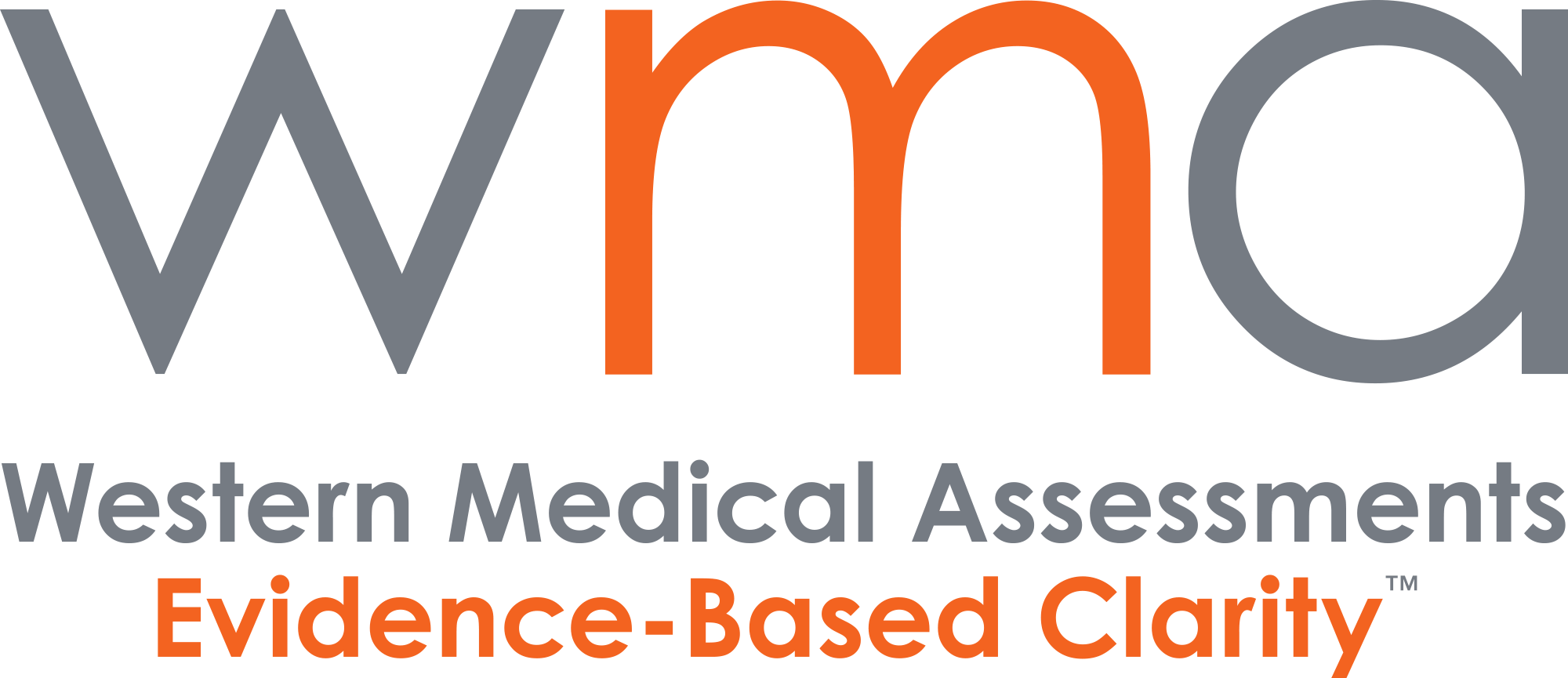Medicalization is the elevation of a non-medical issue to a pseudo-medical problem. We’ve previously addressed the problem and what employers can do about it, but you might be wondering: what’s the cost?
One study estimated the US cost of medical spending of just 12 medicalized conditions to be $77 billion in 2005[1]: Translation for Canada about $8 billion. But these are direct costs only. The full cost of medicalization is much more than a simple number and the treatments themselves.
How do you reduce the cost of medical leave when you’re not even sure the medical problem is real?
Medicalization and an Employee’s Attitude
First and foremost should always be the medicalized person themselves — and their well-being. Immediately, this means their health, and their attitude about their health. A healthy person feels and sees themselves as capable, but a medical authority figure telling a person that they must be unhealthy has a real effect on that person’s self-image.
If someone occasionally feels a pain in their arm, they might simply endure it, and even find that their body has naturally healed the issue after a while. But if the condition is given a name, say, fibromyalgia, they’ve now got exactly that: a condition. A condition means that there are resources online, through society, through sympathetic doctors, that serve to validate and enforce that the person now has something “wrong” with them.
On a personal basis for the employee, it can keep them off work — note that only three per cent of employees off work for more than a year return to work ever — and that means lost earning potential. Between that and the “condition” itself, the employee’s quality of life stands to suffer immensely. It takes both a financial and a mental toll to feel limited by a medical problem, so the medical problem had better be real.
The Cost to an Employer
Losing a skilled employee to an illness, even temporarily, can be costly to any company. Insurance premiums may increase, other staff are tied up in handling the case, and additional staff may need to be hired and trained to fill in for the missing employee. Even then, there’s the probability that these replacements don’t have the specific experience the missing employee does, which means lost productivity on top of everything else.
If the employee does come back, they may do so at a lower capacity than they previously worked. They may refuse to accept some tasks on a medical basis, and they could request costly accommodations the company has to pay for.
So, if you’re going to have an employee off work, it’s worth it, for their sake and the company’s sake, to ensure that medicalization isn’t creating a problem where none need exist.
The employee needs to be assured, if indeed they are at risk of medicalization, that they do not necessarily have a medical condition that requires treatment. If the best treatment is to allow the body to heal itself, then they should be informed that specific courses of medical treatment that may produce needless reliance are not necessary, and they should be set up with an appropriate return to work plan.
When it comes to medicalization, early intervention is key to pre-empting the slippery slope of an employee becoming more immersed and convinced that there’s a problem, and with it, the reduction or elimination of these associated costs.
Obtain Clarity Through an Independent Medical Examination
An Independent Medical Examination (IME) is your chance to get a deeper opinion regarding an ill or injured employee. By expediting a specialized diagnosis and working with the right, independent, experienced professionals, issues of medicine overstepping its legitimate reach can be halted, and the employee can be redirected to a healthy recovery and return to work plan — with both the employee avoiding those personal costs, and the company reducing its costs simultaneously.
Western Medical Assessments has handled tens of thousands of IMEs over the years, helping employees back to work without becoming medicalized. If you’re worried about the costs a medicalized employee might present, you’re always welcome to a no-obligation chat with our Medical Director Dr. Roger Hodkinson at +1 780 433 1191 or email.
[1] https://www.ncbi.nlm.nih.gov/pubmed/20362382
How do employers get started with Independent Medical Examinations?

